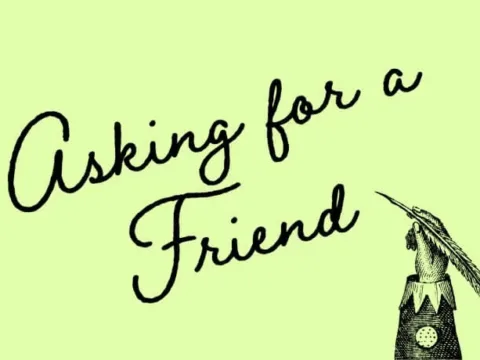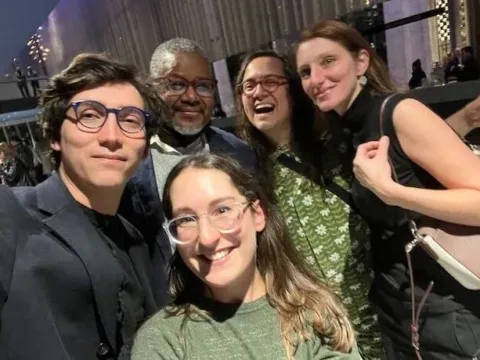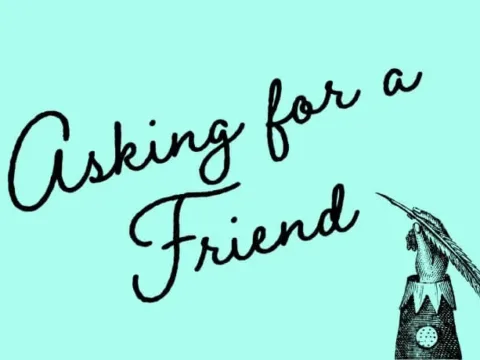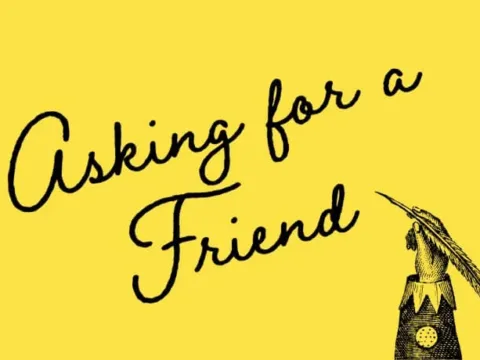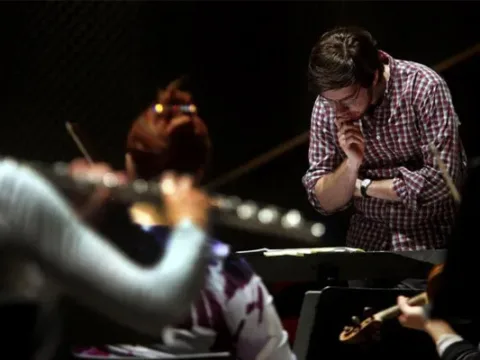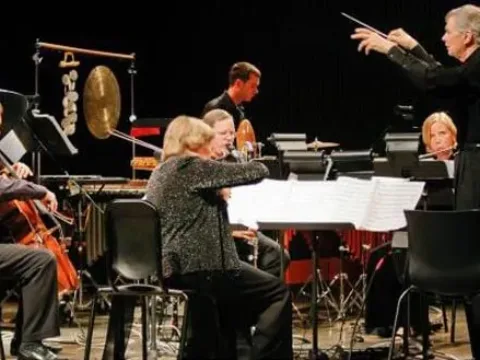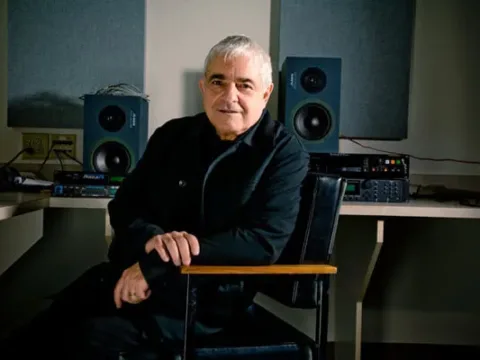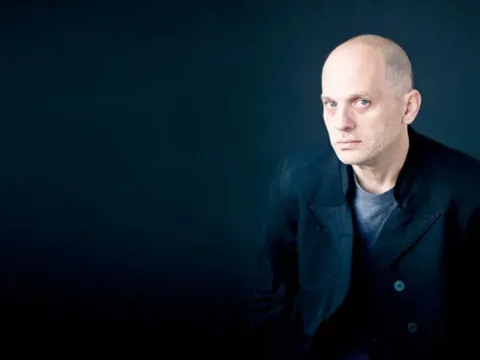Discussing aesthetic principles and ideals is always a subjective topic, with the totality of what is “beautiful” or “sublime” being unique to each individual. Where one may find the music of Webern beautiful and deep, it may have others fleeing for the exits. As such, any conversation on “what is beautiful” usually ends in disagreement on at least one or two points. This post will not likely present any music that is new to regular readers and contributors. Rather, I’m asking you to listen to the selections with a different set of ears, and to try find the beauty in the ugliness.
I have a very unusual and quirky aesthetic. I revel in jarring dissonance and unusual rhythms. I enjoy unstable tonal schemes and uneven forms. I truly am blessed to be alive in the climate of eccentricitythat dominates the contemporary music scene today. However, this climate is so far removed from the music of Bach and Handel, one does question how we arrived at this place.
Art is, and always has been a direct reflection of the society that created it. The music of the Baroque was the result of shaking the chains of an oppressive European theocracy, the ending of superstitious mysticism, and the beginning of rationalism. The music of the Classical masters is, to my ear, an exact musical interpretation of Enlightenment Era philosophy. The music of the Romantics conjures up the same fantastic images as the writers of the same time period do in their books. So why did Debussy feel the need to begin using unresolved sonorities? Why did Stravinsky assault his listeners with jarring uneven rhythms? Why did Schoenberg feel the necessity to ’emancipate the dissonance’?
It does seem, throughout history, as society and artists became more aware of the world, through technological advances in communication and through the rise of a free speech and a free press throughout the world, the tension-release model of tonal music gradually breaks down. It’s always been my opinion that this model reflected a sense of “it will all resolve in the end.” In the Renaissance and much of the Baroque music, dissonance is fleeting. In the Classical, dissonance becomes more pronounced, even required in some of the musical forms developed and refined during that era (for example the development sections of sonatas). During the Romantic period, composers like Wagner and Mahler extend dissonance for such a long period, the sense of a tonal ground begins to quake, leaving the listener with a sense of tonal ambiguity. With the rise of mass communication—specifically the radio—and the First World War, art could no longer deceive itself that “everything will resolve in the end.”
Two years before the beginning of the First World War, during a period when Europe was deeply entrenched in the strains that would lead to the conflict, two pieces premiered in Paris that changed everything society thought about music. Schoenberg’s Pierrot Lunaire was a completely atonal work that gloried in contradictions, with each of the performers as both soloist and orchestra, and with the lead character as both a hero and a fool. Stravinsky’s Le sacre du printemps and the corresponding choreography depict a violent primitive ritual where a young girl is forced to dance herself to death in a human sacrifice to the earth. Between these two pieces, the ground work for the post-tonal era, and the next century of music was formed.
I have always found a beauty in those that are willing to present the ugliness of the world in all of its glory. In some of the most hideous music, there is an honesty that is appealing to my ear and heart. I will close this post with 4 videos, each that represent a certain aspect of ugliness. I have my own opinions about what ‘ugly aspect’ the composer in each is trying to represent, but outside of those that are specifically stated, will leave it up to you to form your own opinions.
Theolonious Monk could hit notes that rubbed you all right and all wrong at the same time, and his standard Epistrophy is no exception: a quirky melodic line that never settles, and isn’t even entirely sure if it’s swung, combined with Monk hammering cluster chords out like it’s a Prokofiev Sonata.
If you’re not familiar with the music of Don Ellis you might want to brace yourself for this next video. Ellis is credited with inventing the quarter-tone trumpet and the instrument is used to great effect in A Turkish Bath. It begins with a sitar solo that evolves into a funky rhythm, culminating in a melodic line that hurts in just the right way.
Krzysztof Penderecki’s Threnody for the Victims of Hiroshima has been widely used in post-apocalyptic and horror movie scores due to the unceasing jarring dissonance. As a whole, the piece has always left me with a haunted feeling, as if I had just heard utter what desolation sounds like.
And finally, Rain Tree Sketch II – In Memoriam Oliver Messiaen by Japanese composer Toru Takemitsu: the longing for the loss of Takemitsu’s lifelong friend is evident in every dissonant chord, making this one of the most poignant requiems in modern history.
So, did you find any beauty in the dissonance and ugliness above? Are there any particularly dissonant works that resonate with you? Leave a comment and tell us about it!
—
Tai Livingston is a composer and an educator. You can follow him on twitter@texancomposer.

